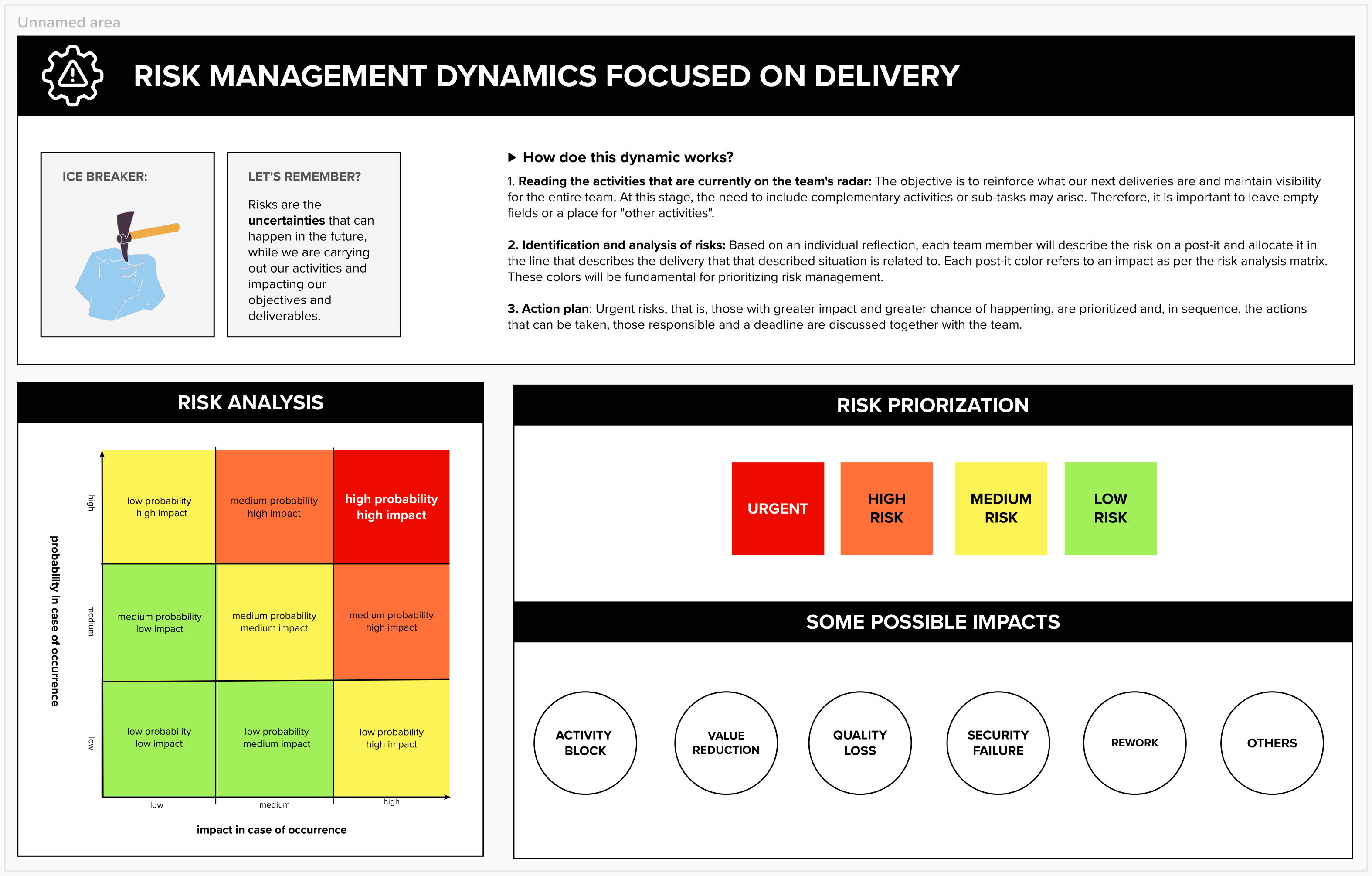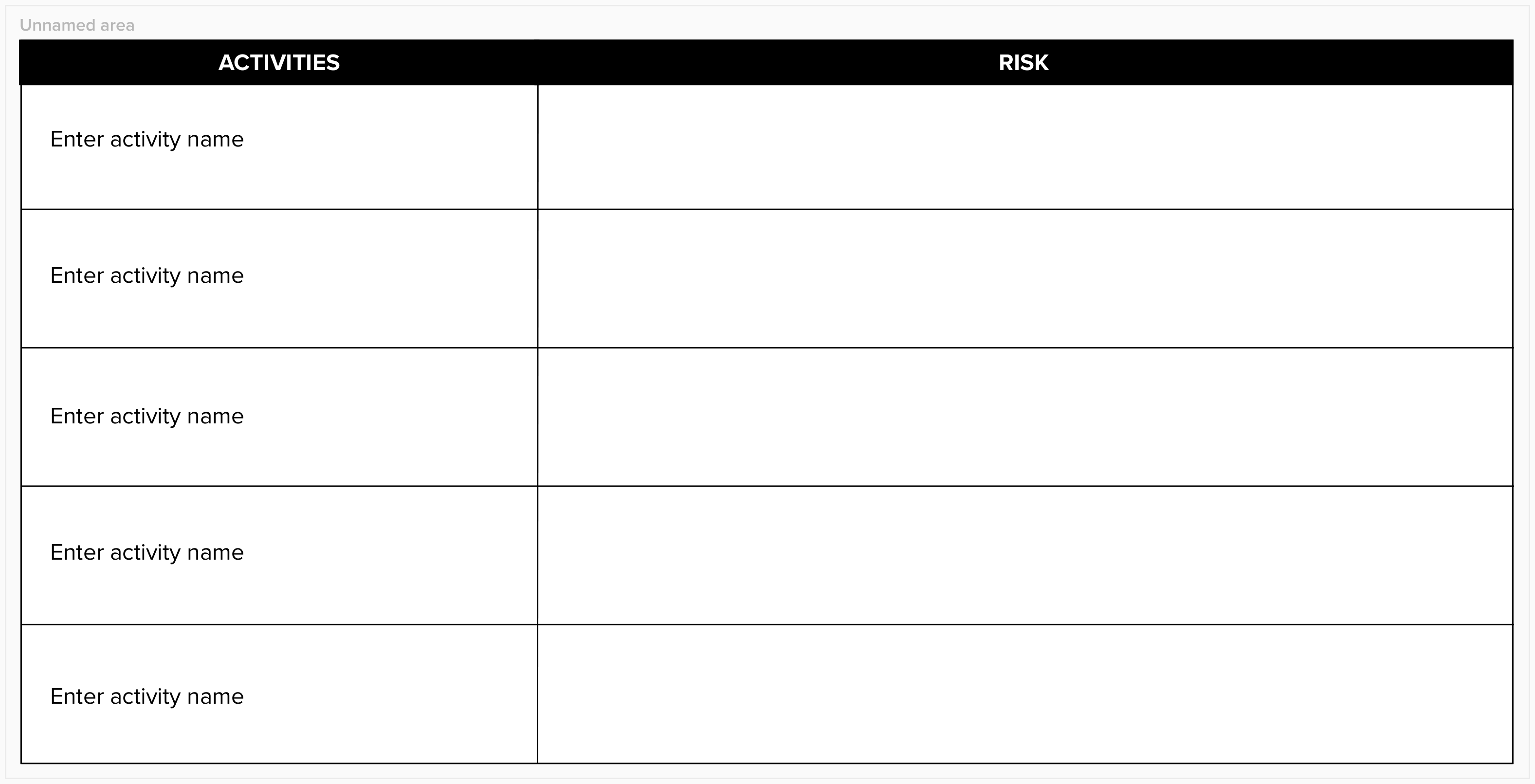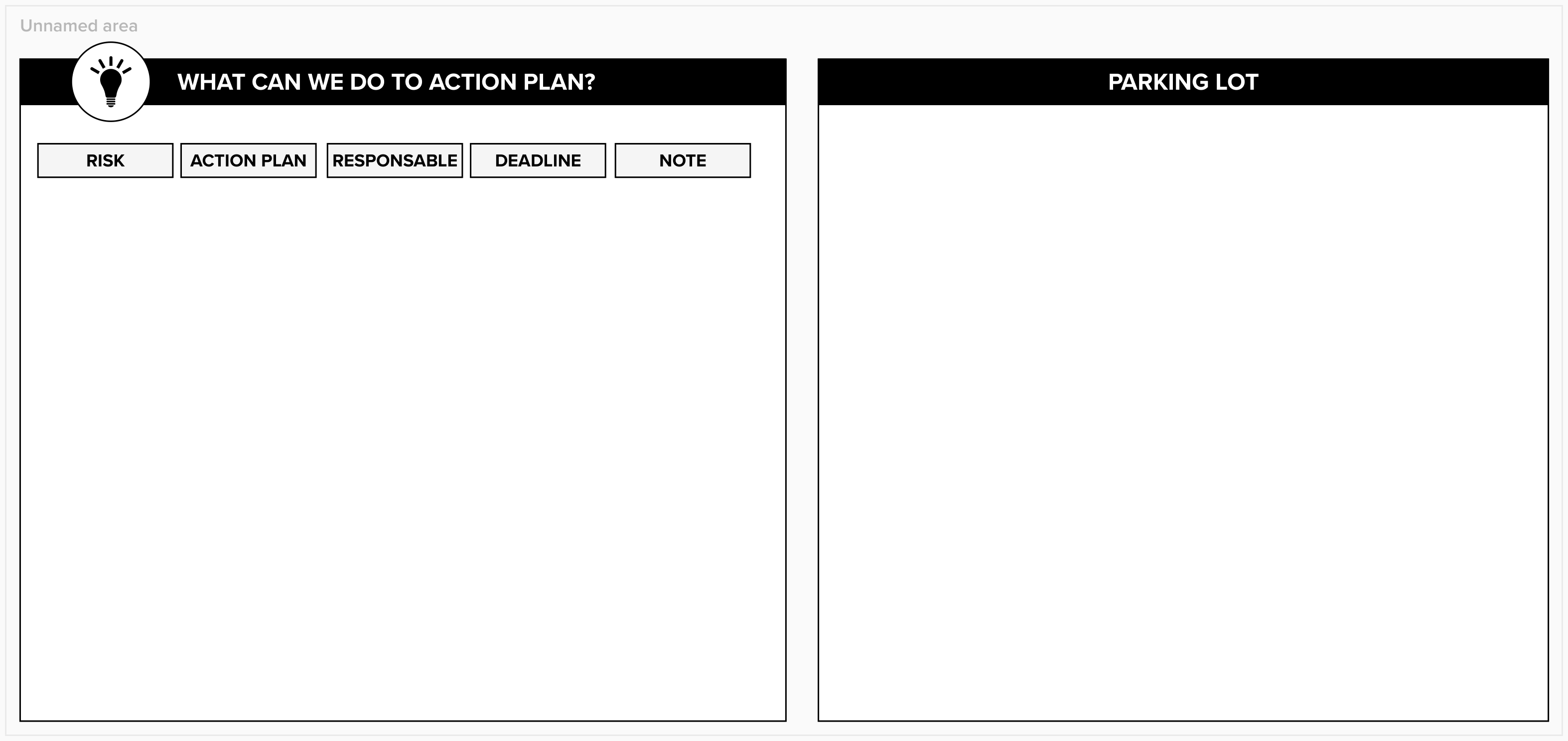This article will help you with two things: one, understanding how risk management can speed up your deliveries; and two, providing an example of a dynamic to engage the team to anticipate possible blockages during the product development phase.
Why is risk management so important?
In the context of product development, risks, that is, uncertain scenarios are usually present in our daily lives. Some of these uncertainties can negatively impact several strategic points for the business, such as: time-to-market, quality, safety and product value for both the user and the company. Given this, managing risk in the context of agility has become extremely valuable and necessary.
Agile risk management:
The first rule of agile risk management is to look to the future based on past experiences, based on empiricism and transparency. The second rule is to analyze these uncertainties and act proactively in order to maximize the value of the product, maximize quality, reduce daily blockages, reduce wasted time, among others.
All people involved in product development or with the team collaborate in identifying, analyzing and taking proactive and mitigating or exploratory actions. This collaboration starts during the discovery process, transfers to the inception workshops and is present and evident throughout the product development flow and the team's daily routine. Each team has their ceremonies and here are examples of how risks can be considered in some of them:
Daily meetings: During daily meetings, it is worth taking the time together with the team to understand if there is any risk permeating the activities in progress or those that will be started and that could result in blockages. Through this visibility, it is possible to anticipate actions and mitigate the chance that the activity will be disrupted without impacting the constant pace of deliveries.
Replenishment: When analyzing what are the next activities the team has to perform, it should be taken into account which activities will deliver faster value related to the product. In addition, the risks related to blockages and possible changes to these activities must be evaluated. After prioritizing and supplying the board, taking joint actions with the client and stakeholders involved to mitigate or eliminate these risks are essential.
Risk-focused meetings: Uncertainties can arise at any time, but you should consider having a specific space to talk about risks. This session can last between 30 and 60 minutes and is intended to be an open and non-judgmental conversation to imagine situations that could happen in the next few days. This is a moment of creativity and each team has the best format for this meeting to be as fruitful as possible. Below is one of them:
A suggestion for dynamics in a risk-focused meeting:
Focusing your thoughts on future scenarios requires imagination, so an initial icebreaker dynamic can help make the team more comfortable. At this point, choose some quick dynamics such as: quiz games or any others that generate interaction between people.
If the team already has an understanding of the risks, just remember their meaning. Otherwise, include an explanatory presentation to get everyone on the same page.


The dynamic begins with reading the activities that are on the team's radar, which the facilitator will have previously filled out. At this stage, the need to include additional activities or subtasks may arise. Therefore, it is important to leave empty fields or a place for "other activities".
Each team member will describe the uncertainty on a post-it and place it on the activity in which that risk is involved. Each post-it color refers to an impact as per the risk analysis matrix, and these colors are critical for prioritizing risk management.
Finally, it's time to think about actions! Urgent risks, that is, with greater impact and likely to happen, are prioritized and so on. The whole team discusses actions that can be taken, who is accountable and the deadline.


Finally, it's time to think about actions! Urgent risks, that is, with greater impact and likely to happen, are prioritized and so on. The whole team discusses actions that can be taken, who is accountable and the deadline.


Agile teams respond quickly to change, and to do this assertively, you need to be risk-obsessed!
Disclaimer: The statements and opinions expressed in this article are those of the author(s) and do not necessarily reflect the positions of Thoughtworks.


















